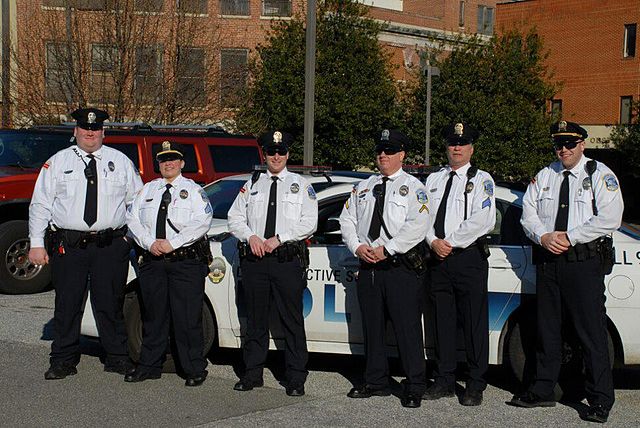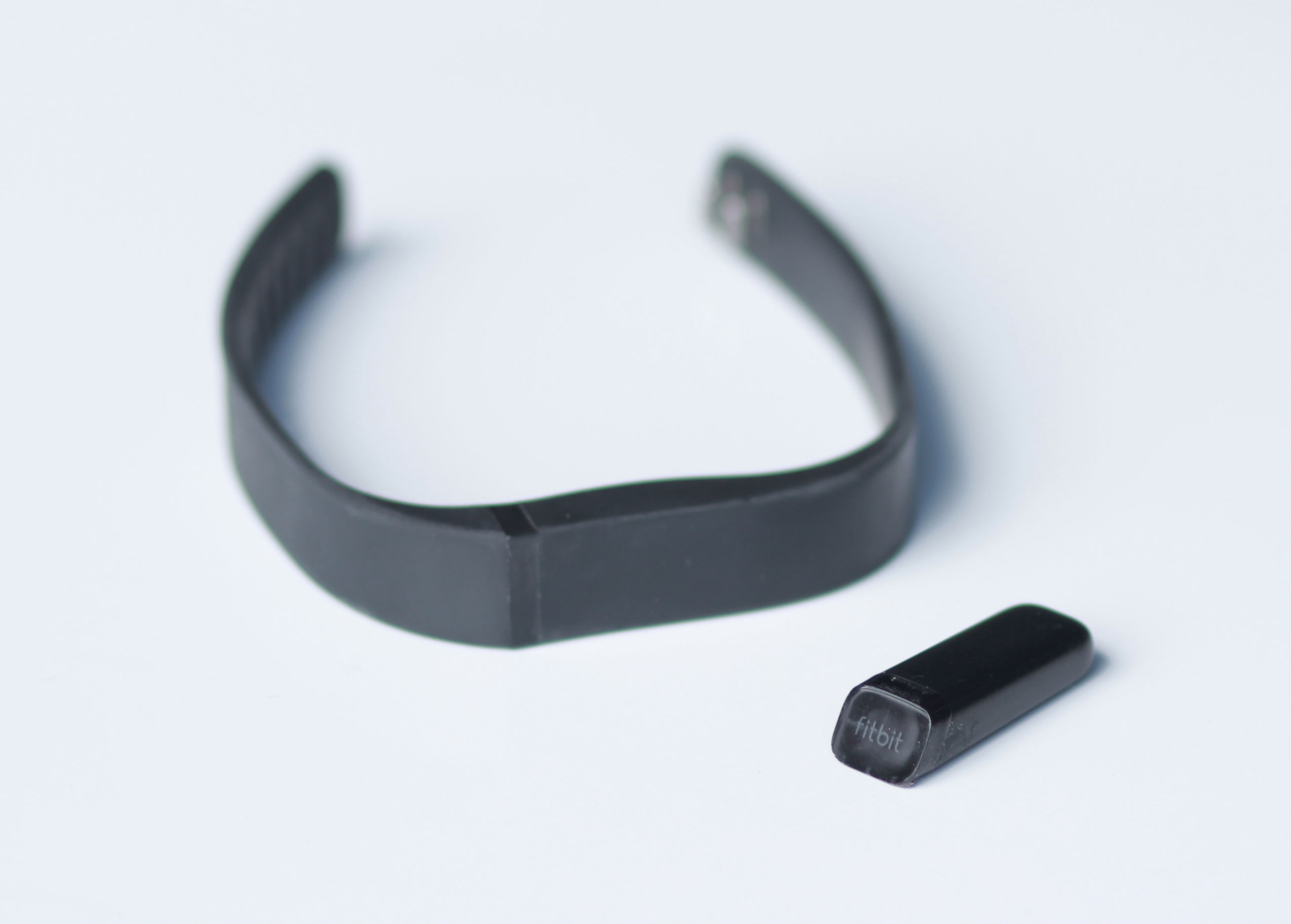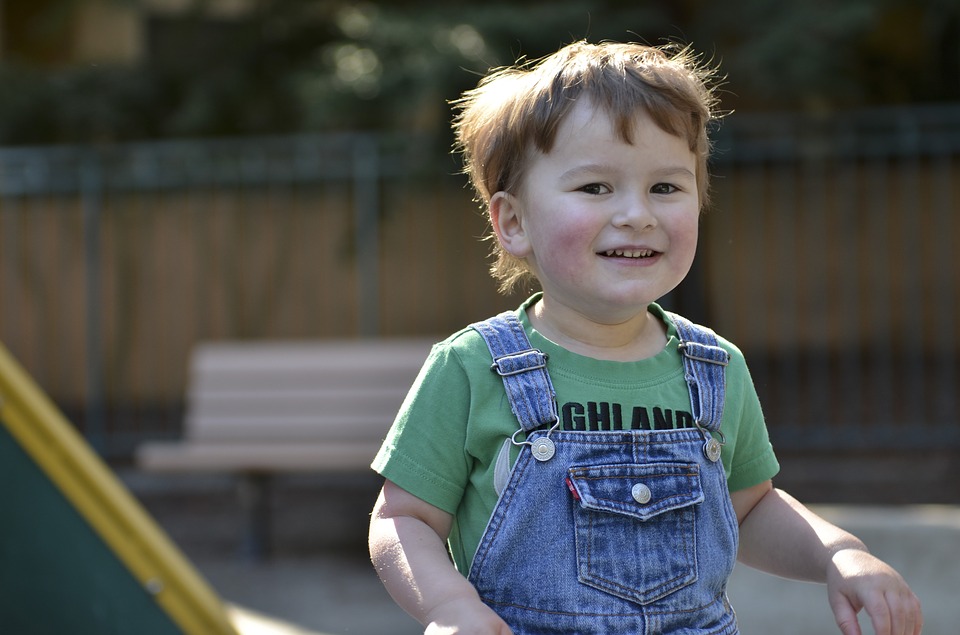Students wearing a police-like uniform were more distracted by images of people wearing hoodies than students wearing mechanic’s overalls.
In 2015 African-Americans were shot dead by police officers at three times the rate of white Americans. Psychologists at McMaster University, Canada think that this statistic could be explained, in part, by police officers’ uniforms. They found that wearing a police-like uniform could affect what people pay attention to, biasing it toward those considered to be of low social status.
The study used university students and tested their attentional bias by getting them to carry out a simple shape categorizing task, whilst distracting them with images of either white male faces, black male faces, individuals dressed in business suits (supposedly associated with high social status) and individuals dressed in hoodies (supposedly associated with low social status). Any delay in reaction time was taken to mean that the participants were distracted by the images and therefore had an attentional bias towards those images.
Much to the researchers’ surprise they found there was no difference in reaction time when the distracting faces were either black or white faces. This was unexpected as previous research has shown that many people associate African-Americans with crime and in a similar reaction time study, police officers’ showed a bias towards looking at African-American faces.
The lead author of the paper, Dr. Sukhvinder Obhi, suggests that this “lack of face/race effect… highlights a potentially important difference between Canadian and US cultural contexts.” As the majority of research showing an attentional bias toward African-American faces was conducted in the United States, which has a larger black population than Canada and a different level of social segregation.
However, the study did find an attentional bias when the distractor images were of individuals wearing hoodies but this only applied to students who were dressed in the police-like uniform and not those wearing mechanic’s overalls.
Police uniform may be influencing police officer’s thoughts and behaviour alongside other aspects such as police sub-culture, training or previous work experiences.
To explain this effect Obhi states that “There is a stereotype out there that links hoodies with crime and violence, and this stereotype might be activated to a greater degree when donning the police style uniform.”
This means that the police uniform may be influencing police officer’s thoughts and behaviour alongside other aspects such as police sub-culture, training or previous work experiences.
The power of clothing has been well documented in psychological research –you may recall Zimbardo’s infamous Stanford Prison experiments
The power of clothing has been well documented in psychological research –you may recall Zimbardo’s infamous Stanford Prison experiments, where participants dressed as prison guards became increasingly authoritarian towards those dressed as prisoners. More recently a study found that students wearing a white lab coat showed improved performance on a cognitive task when they were told the coat was a doctor’s coat but not if they were told it was a painter’s coat.
Exactly how clothing influences our thoughts and behaviour is still unknown but psychologists think it may have something to do with social power. For many, the police uniform is associated with authority and power, at least in someway. When individuals feel powerful, research has shown that they tend to become reliant on stereotypes, which may explain why the students were biased towards the images of hooded individuals.
But before we start jumping to conclusions and forcing police officers into yellow and blue polka dot uniforms, it’s worth considering that this research was based on a student sample. Students, especially psychology students, are a notoriously bad sample for guessing experiment aims and using this to change the study’s outcome. With an experimental paradigm as common as this one, even a student failing ‘introduction to cognitive psychology’ could’ve figured this one out.
To address these concerns the researchers hope to study the uniform and its effects on police officers. They are also looking to collaborate with groups in the US which could provide more insight into the effect of the uniform on racial stereotyping.



